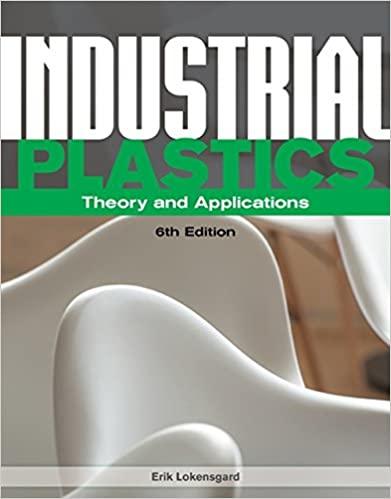Question
Make a reaction map (flow map) using the following list of reactions: Org Ch I Alkyl Halides Nucleophilic Substitution Alkyl Halides Dehydrohalogenation (- Elimination) Addition
Make a reaction map (flow map) using the following list of reactions:
Org Ch I
Alkyl Halides Nucleophilic Substitution
Alkyl Halides Dehydrohalogenation (- Elimination)
Addition of hydrogen halides
Hydration of alkenes
Halogenation of alkenes
Halohydrin formation
Hydroboration-oxidation
Hydrogenation
Epoxidation of alkenes
Oxidative cleavage of alkenes via ozonolysis
Hydrohalogenation of alkynes
Hydration of alkynes
Halogenation of alkynes
Hydroboration-oxidation of alkynes
Acetylide formation
Reactions of acetylide
Oxidation of alcohols (PCC and CrO3 or H2CrO4)
Org Ch II
Hydrogenation of carbonyls
Hydride reduction Organolithium/organomagnesium reagents
,-unsaturated aldehydes/ketones (hard and soft nucleophiles)
Protecting groups for alcohols (TMSCl, TBDMSCl)
Organocuprates (Gilman reagents)
Wittig reaction (including formation of ylide)
Reversable Addition of amines (imine and enamine)
Reversable Addition of alcohols (including for protecting groups)
Nucleophilic acyl substitution : (carbonyl cascade) Acyl halides anhydrides carboxylic acids/esters amides
Halogenation of enolates
Alkylation of enolates
Aldol
Claisen
Substitution of Alcohols (strong acid, PX3, SOCl2, sulfonate esters)
Dehydration of Alcohols (strong acid, POCl3)
Williamson Ether Synthesis
Preparation of Epoxides (via halohydrin)
Reactions of Ethers
Epoxide ring opening
Radical substitution
Radical addition
Step by Step Solution
There are 3 Steps involved in it
Step: 1

Get Instant Access to Expert-Tailored Solutions
See step-by-step solutions with expert insights and AI powered tools for academic success
Step: 2

Step: 3

Ace Your Homework with AI
Get the answers you need in no time with our AI-driven, step-by-step assistance
Get Started


